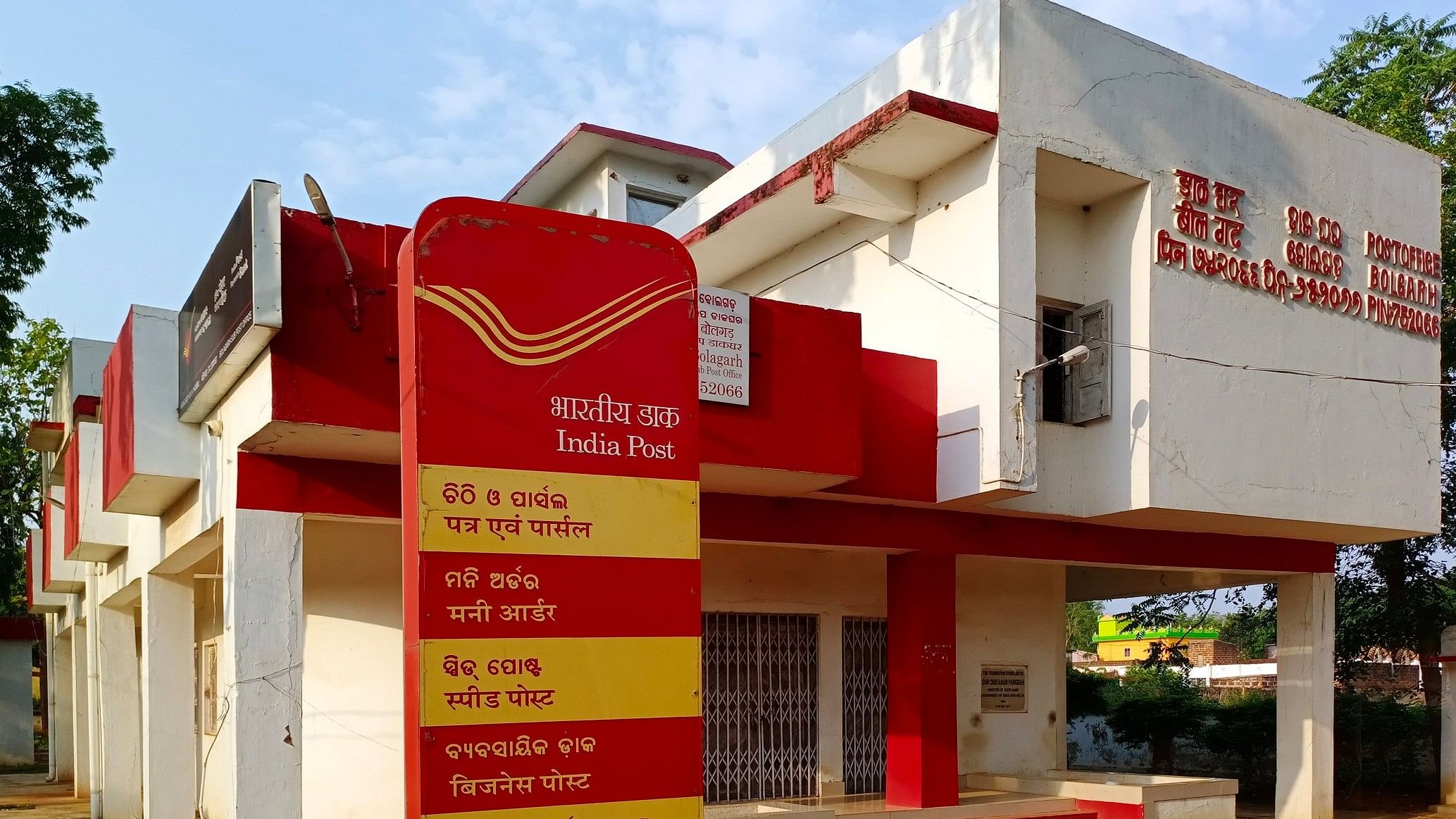
An India Post building
Credit: iStock Photo
Weather forecasting, a critical component of disaster management and agricultural planning, poses formidable challenges worldwide, with India facing unique obstacles in this domain. Accurate predictions are hampered by the country’s vast and diverse geography, including complex terrains, and varied climatic zones. The unpredictability of monsoons, which are vital for agriculture, further complicates forecasting efforts. Despite advancements, India’s meteorological infrastructure struggles to keep pace with these complexities, resulting in frequent discrepancies between forecasts and actual weather events.
It's often joked that if the Indian Meteorological Department (IMD) predicts rain on a given day, there's no need to carry an umbrella. However, this lack of confidence in the department is no laughing matter. The IMD is the principal government agency responsible for all meteorological matters, specialising in the complex science of predicting weather patterns through observation, modelling, and interpretation of numerous variables. Currently, the IMD operates around 800 automatic weather stations (AWS), 1,500 automatic rain gauges (ARG), and 37 Doppler weather radars (DWR). This falls significantly short of the required 300,000 ground stations (AWS/ARG) and approximately 70 DWRs. Moreover, several state governments and private companies manage an extensive network of over 20,000 ground stations, many of which are not utilised by the IMD due to data inaccessibility, and reliability issues.
The challenge begins with data collection. India’s vast landscape requires an extensive network of weather stations, satellites, and ocean buoys to gather real-time data. The current infrastructure is insufficient, with many regions lacking adequate coverage. In rural and remote areas, the scarcity of weather stations leads to data gaps, making it difficult to build accurate models. Additionally, the technology in many existing stations is outdated, contributing to the inaccuracies.
Moreover, the forecasting models themselves, often adapted from Western technologies, may not fully account for India’s unique climatic patterns. These models require significant customisation and calibration, a process that demands expertise and resources. The dynamic nature of India’s weather, influenced by factors like the Indian Ocean Dipole and El Niño-Southern Oscillation, further necessitates specialised models that can accurately predict these phenomena.
But then with Indian talent having data science and digital competencies, these are solvable. The integration of newer technologies and data science offers a beacon of hope. The Internet of Things (IoT) can enhance data collection through a network of interconnected devices.
In July 2023, the Department of Agriculture & Farmers Welfare and the Ministry of Agriculture & Farmers Welfare launched the Weather Information Network and Data System (WINDS) to generate long-term, hyper-local weather data. This programme will see the installation of over 200,000 ground stations (AWS and ARG). It aims to significantly enhance weather data utilisation by providing detailed, long-term weather information, thereby improving weather predictions and decision-making. The system will promote the use of this data across agriculture and other sectors, contributing to the creation of a national-level database. It will also establish protocols for accessing country-wide data by various public and private entities.
As a private sector initiative, in May, Zomato launched WeatherUnion.com, a crowd-supported weather monitoring service. This proprietary network, comprising over 650 on-ground weather stations, is the largest private infrastructure of its kind in India. The service provides localised, real-time information on key weather parameters such as temperature, humidity, wind speed, and rainfall. Zomato has collaborated with the Center for Atmospheric Sciences (CAS) at the Indian Institute of Technology (IIT) Delhi to develop the WeatherUnion.com system, and it anticipates that this initiative will benefit more institutions and companies.
Currently, air quality monitoring systems are costly and predominantly imported. However, the ‘Make in India’ initiative has enabled many Indian companies to manufacture low-cost, highly reliable sensor-based air quality monitoring systems. These systems are easy to install and maintain, offering a more affordable solution for air quality monitoring.
The idea
An integrated multi-in-one sensor to measure air quality, weather, and noise levels can significantly advance data collection for climate adaptation. Leveraging data science, these sensors can enhance local area management and activate emergency services through predictive analytics. Additionally, using noise level indicators in congested and urbanised locations can help reduce noise pollution, a major yet often overlooked trigger for cardiac and stress-related ailments.
India can adopt a scalable grassroots approach to this initiative. Consider the Indian postal department’s letterboxes, a ubiquitous presence across the country's diverse terrains. With over 450,000 letterboxes installed, deploying multi-in-one sensors in each of these would establish a vast, real-time data collection network, laying the foundation for comprehensive hyper-local climate action. After all, if any human intervention is needed with those sensors, say to change the sensor battery annually, who better than a person familiar with the box and the terrain — the postman or the postwoman?
The feasibility of such an initiative is underscored by the capabilities of India-made low-priced smartwatches, which can measure various health metrics like heart rate, ECG, and blood pressure, among various other features. By leveraging the ‘Make in India’ initiative, we can develop the necessary all-weather-resistant multi-in-one climate sensors at an affordable rate with economies-of-scale.
Depending on the commercial price, these can also be installed in passenger cars and all modes of public transportation and by sharing data, individuals can build a climate-community committed to sustainability and climate risk management practices. This community will embody the ‘samaaj’ (society) component of the ‘sarkaar-baazar-samaaj’ (government-market-society) trio, in India’s climate adaptation.
(Srinath Sridharan is a policy researcher and corporate adviser. X: @ssmumbai.)
Disclaimer: The views expressed above are the author's own. They do not necessarily reflect the views of DH.